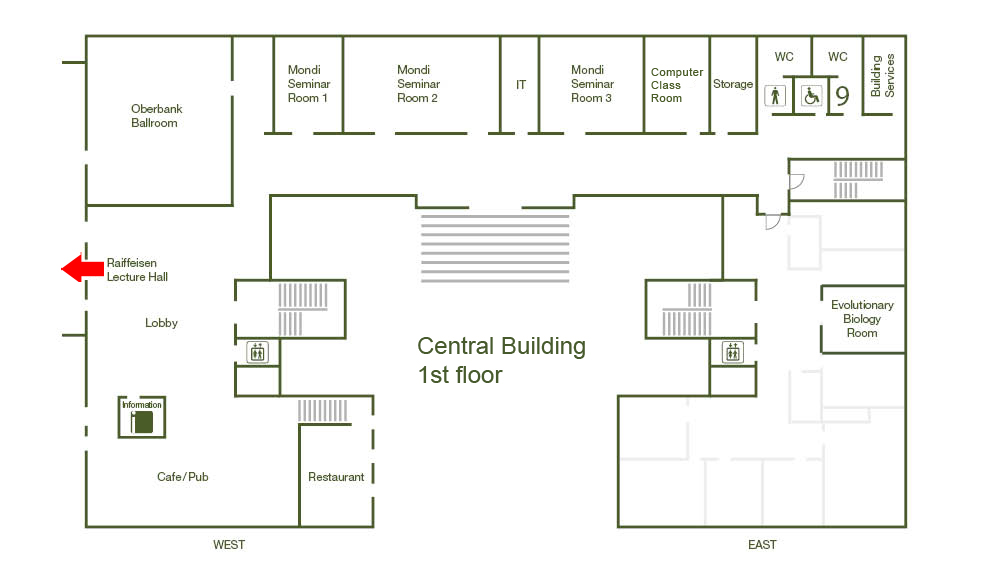The brain’s positioning system: How do we find our way?

Space and time in the brain
The ability to map space is critical to survival. Without it, we would not find food or partners, or we would be eaten by predators. Neural systems for finding one´s way thus exist in all animals. In mammals, space is mapped by complex neural networks in a pair of brain areas called the hippocampus and entorhinal cortex. These brain areas contain a variety of specialized cell types, including grid cells. Grid cells are active only when animals are at certain locations, locations that tile environments in a periodic hexagonal pattern, like in a Chinese checkerboard. Grid cells keep track of our position in the environment in ways reminiscent of a GPS. I will discuss putative mechanisms of the grid pattern and show how space is mapped by grid cells as well as other specialized cells. In the last part of the talk, I will show how temporal information is encoded across scales from seconds to hours within the overall population state in a neighbouring region, the lateral entorhinal cortex. A similar encoding of time is not present in medial entorhinal cortex or hippocampal areas. When animals’ experiences are constrained to become similar across repeated task trials, the encoding of temporal flow across trials is reduced while encoding of time relative to trial start is improved. In the hippocampus, this task-dependent representation of time may be integrated with spatial inputs, allowing the hippocampus to store a unified representation of experience.